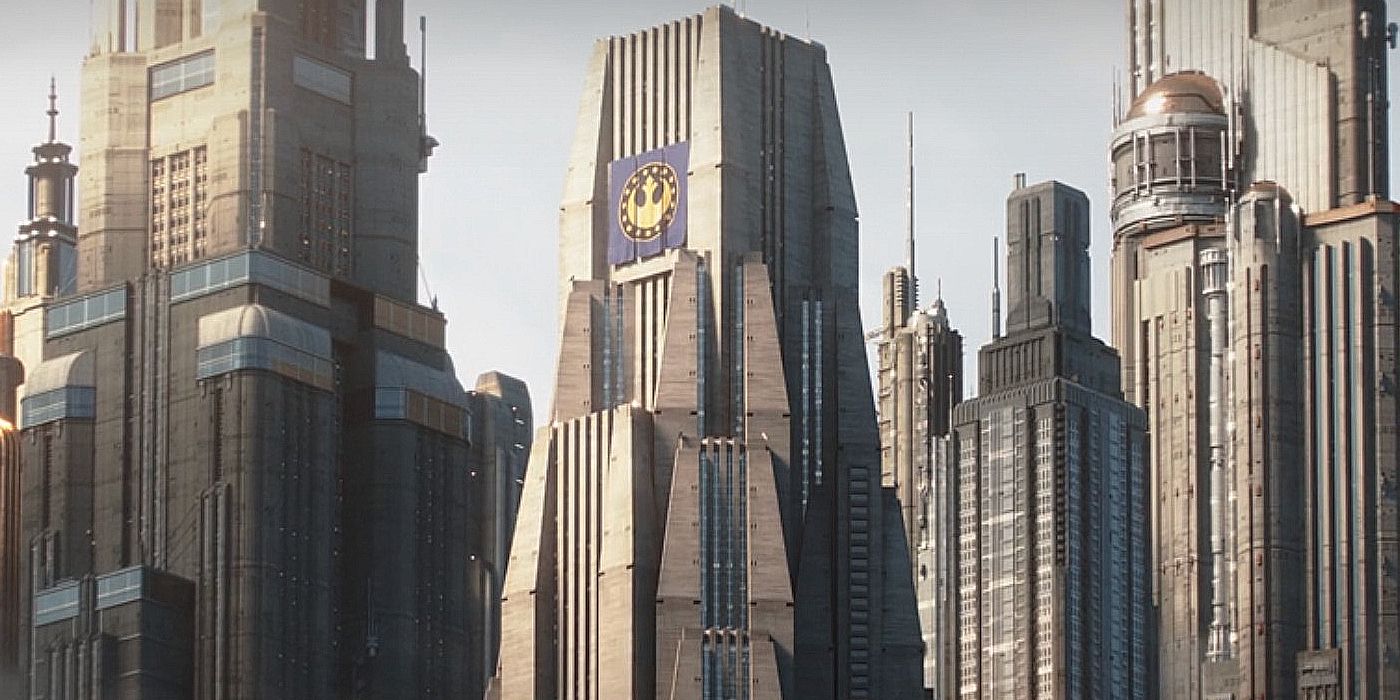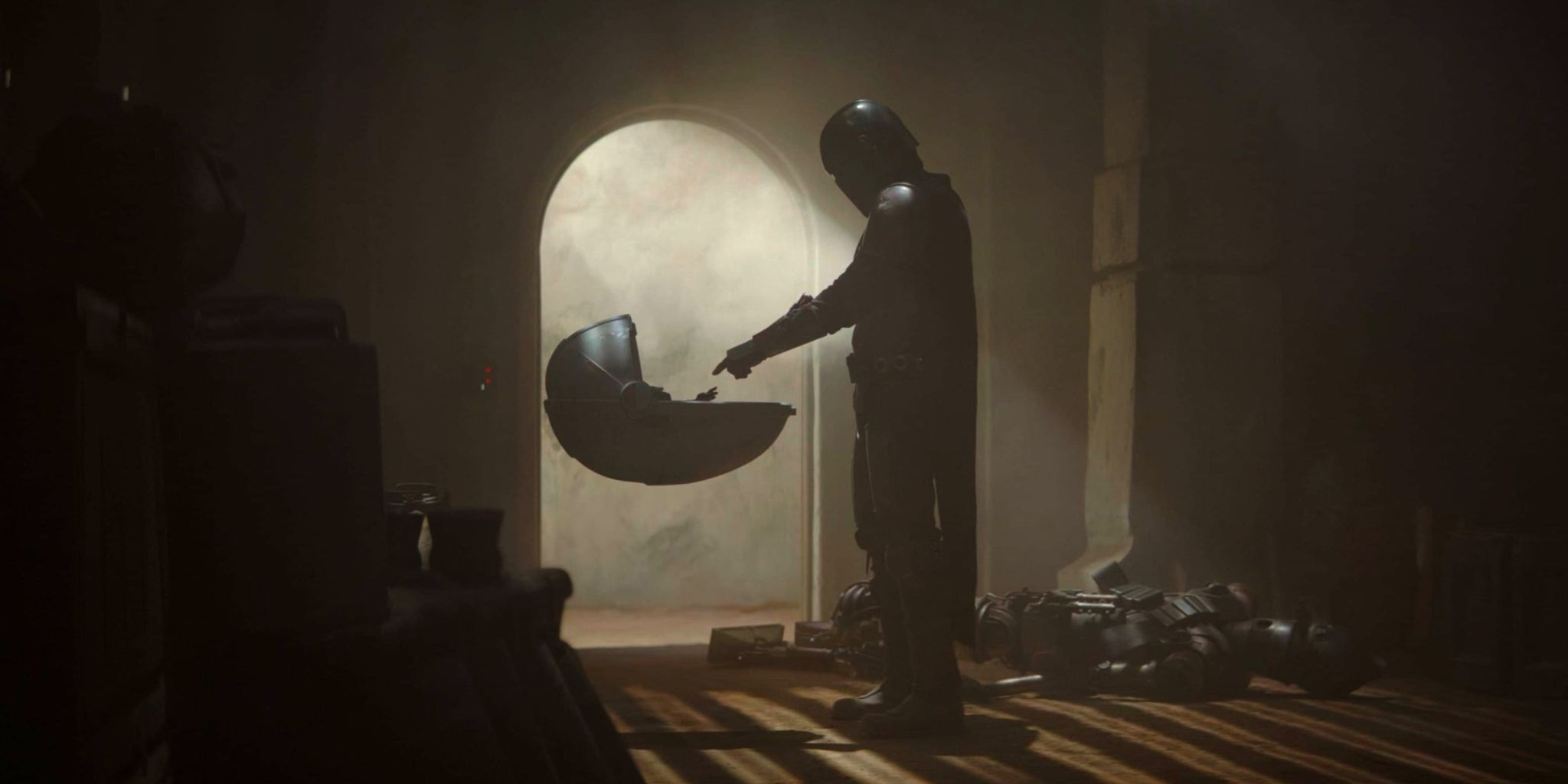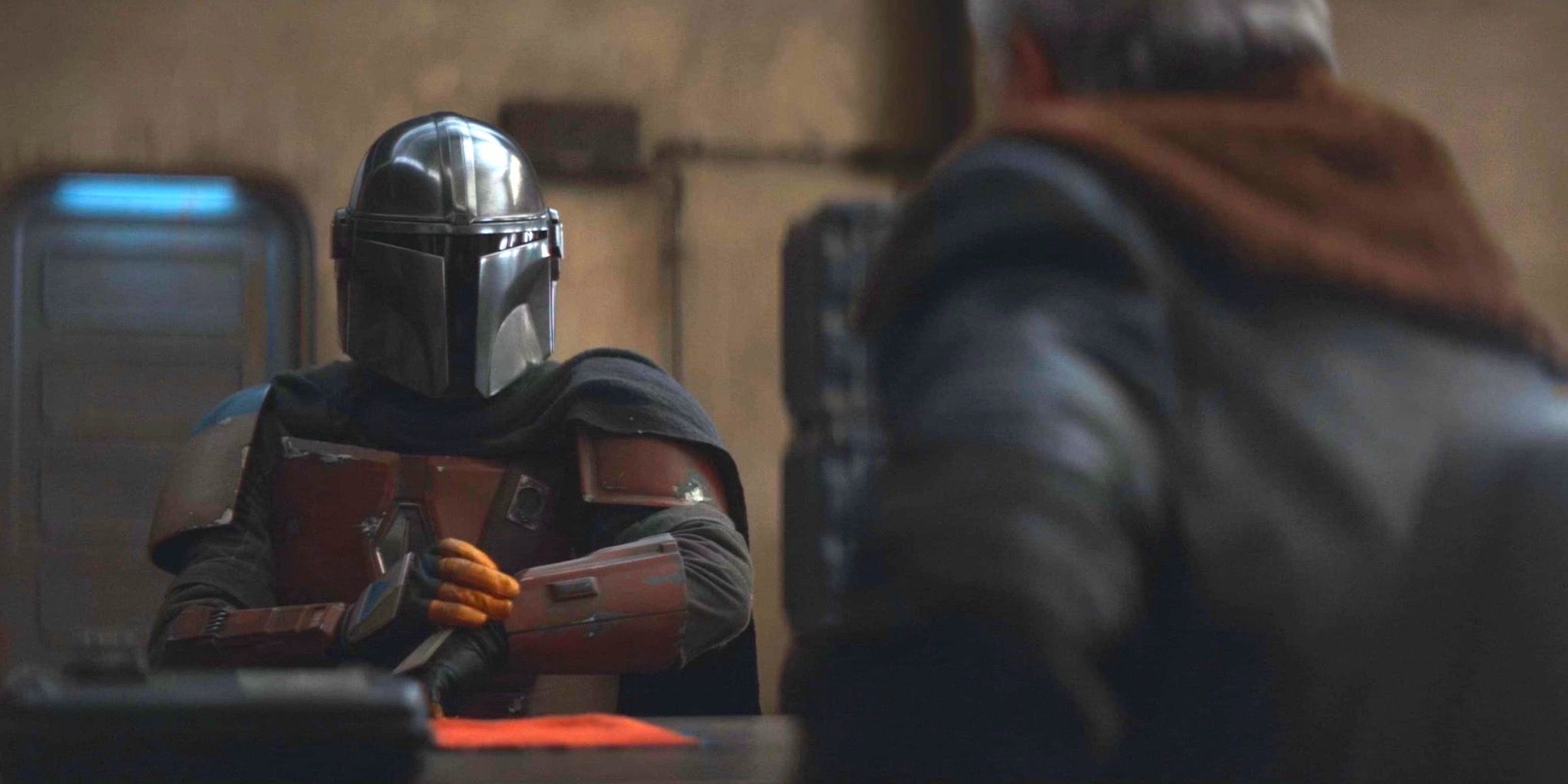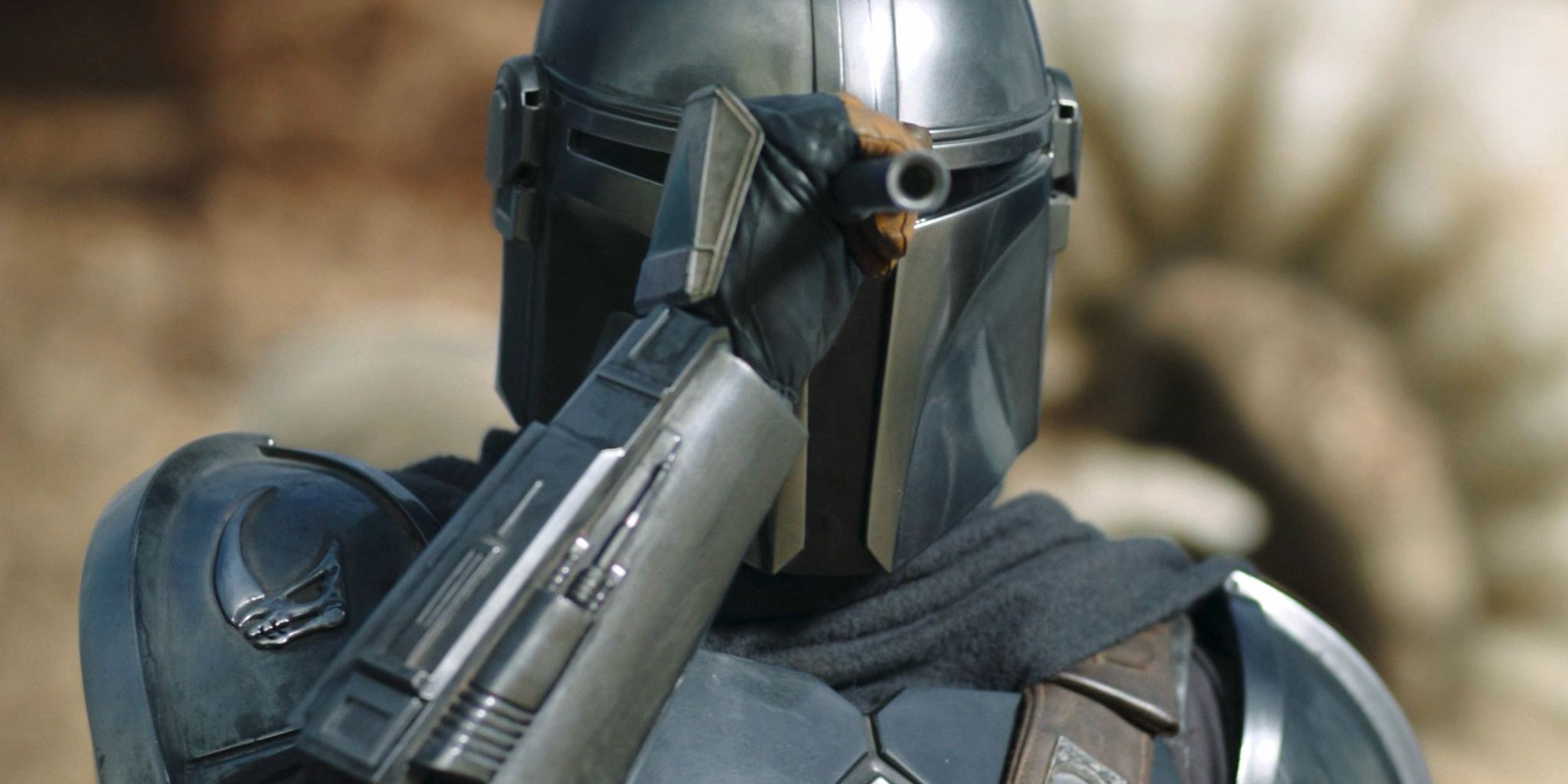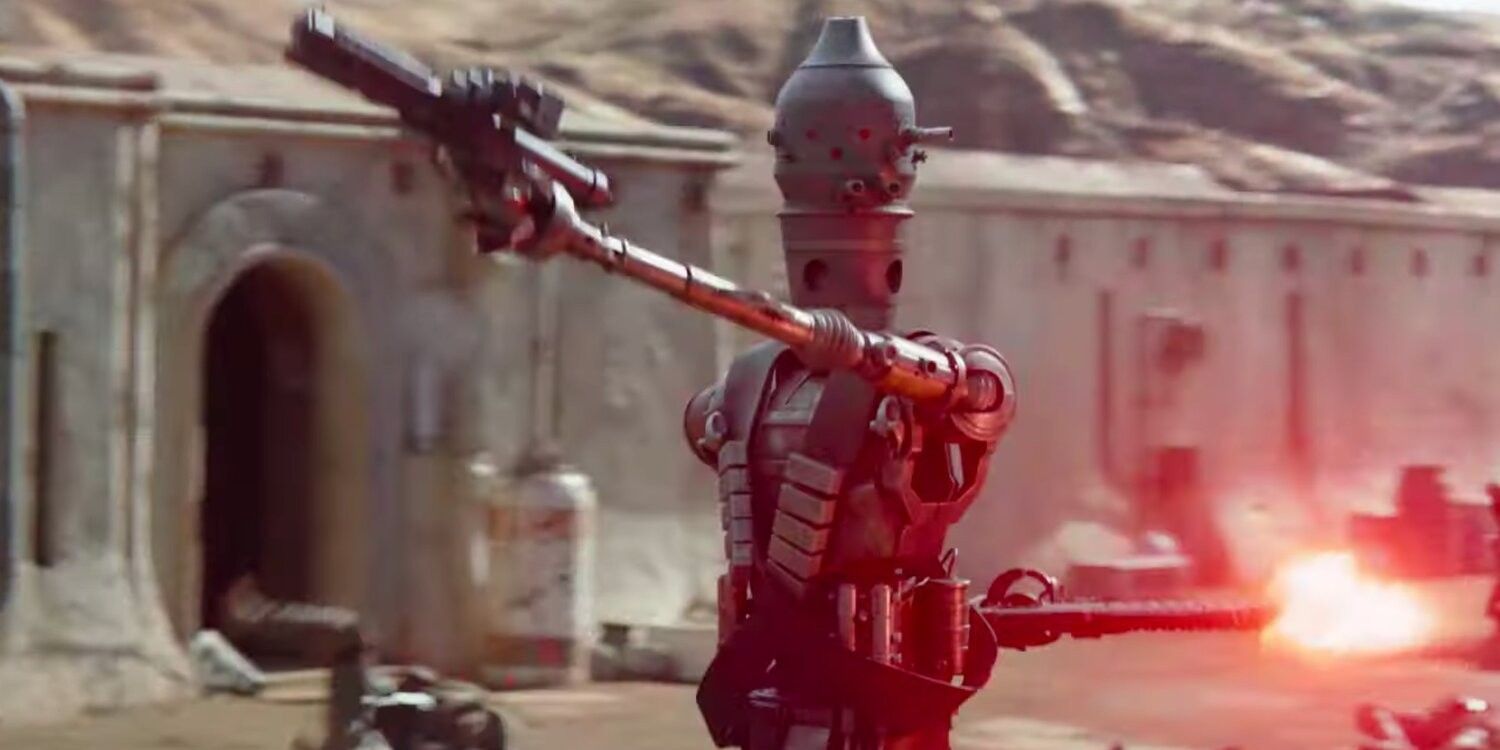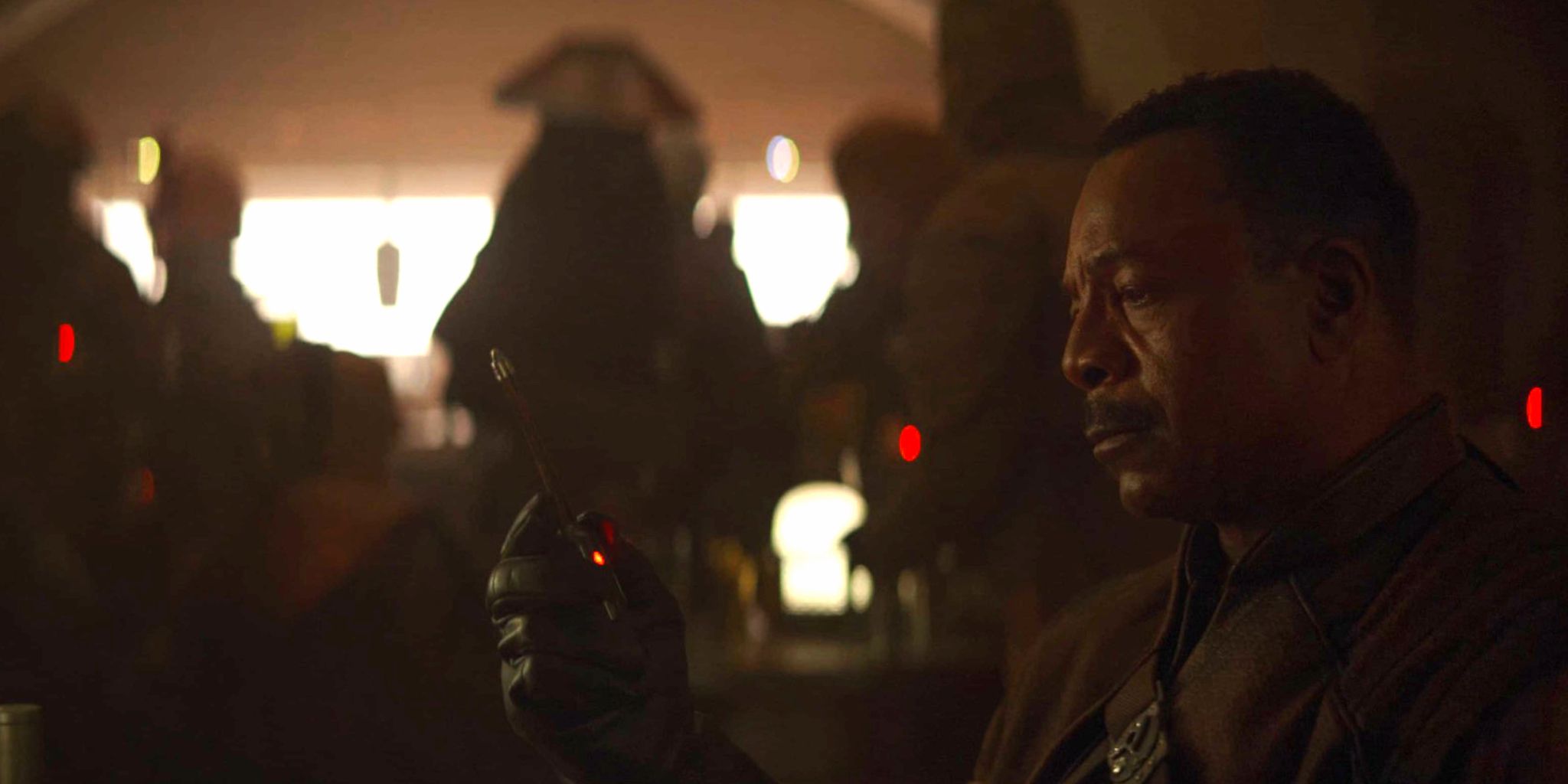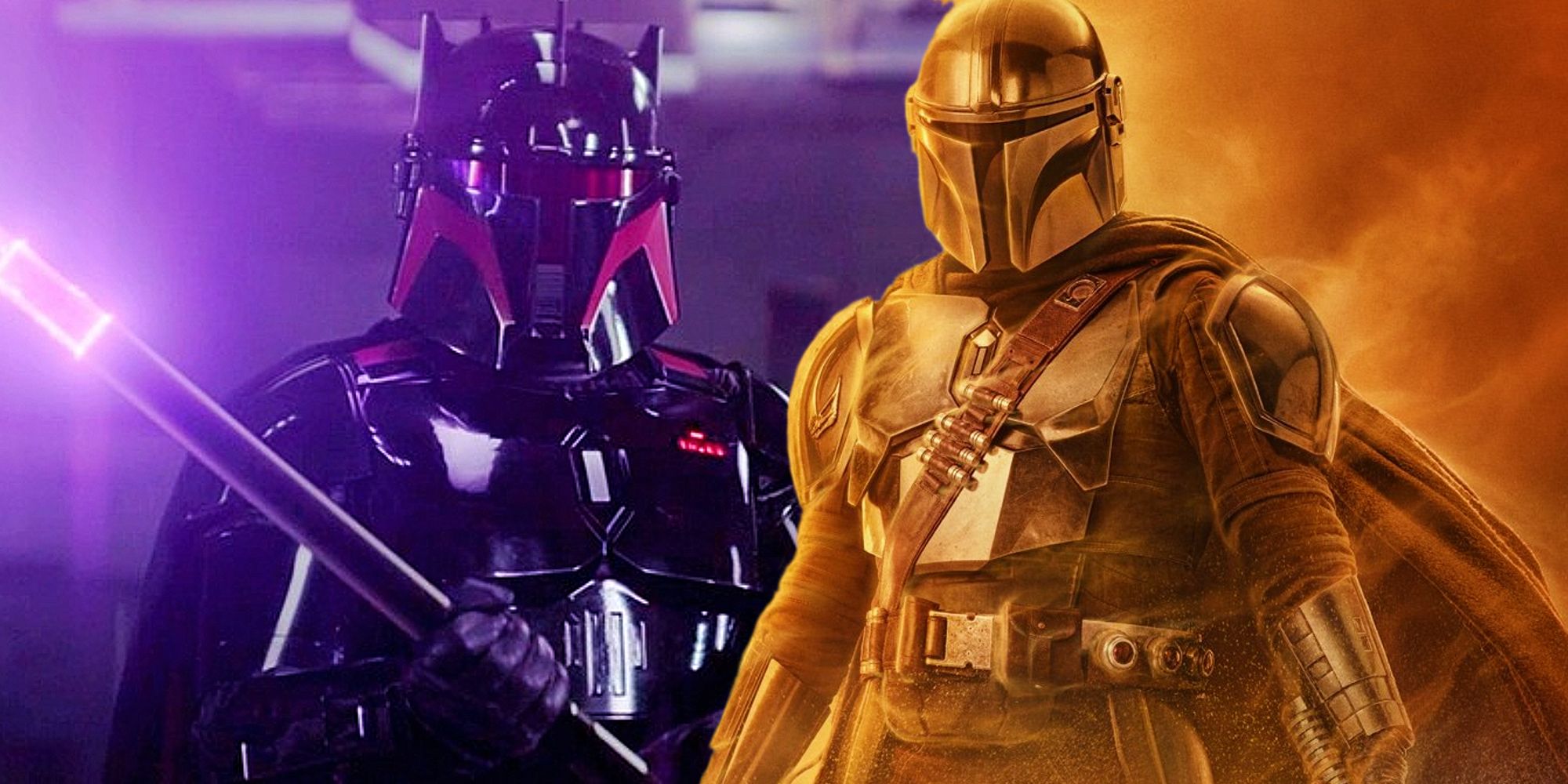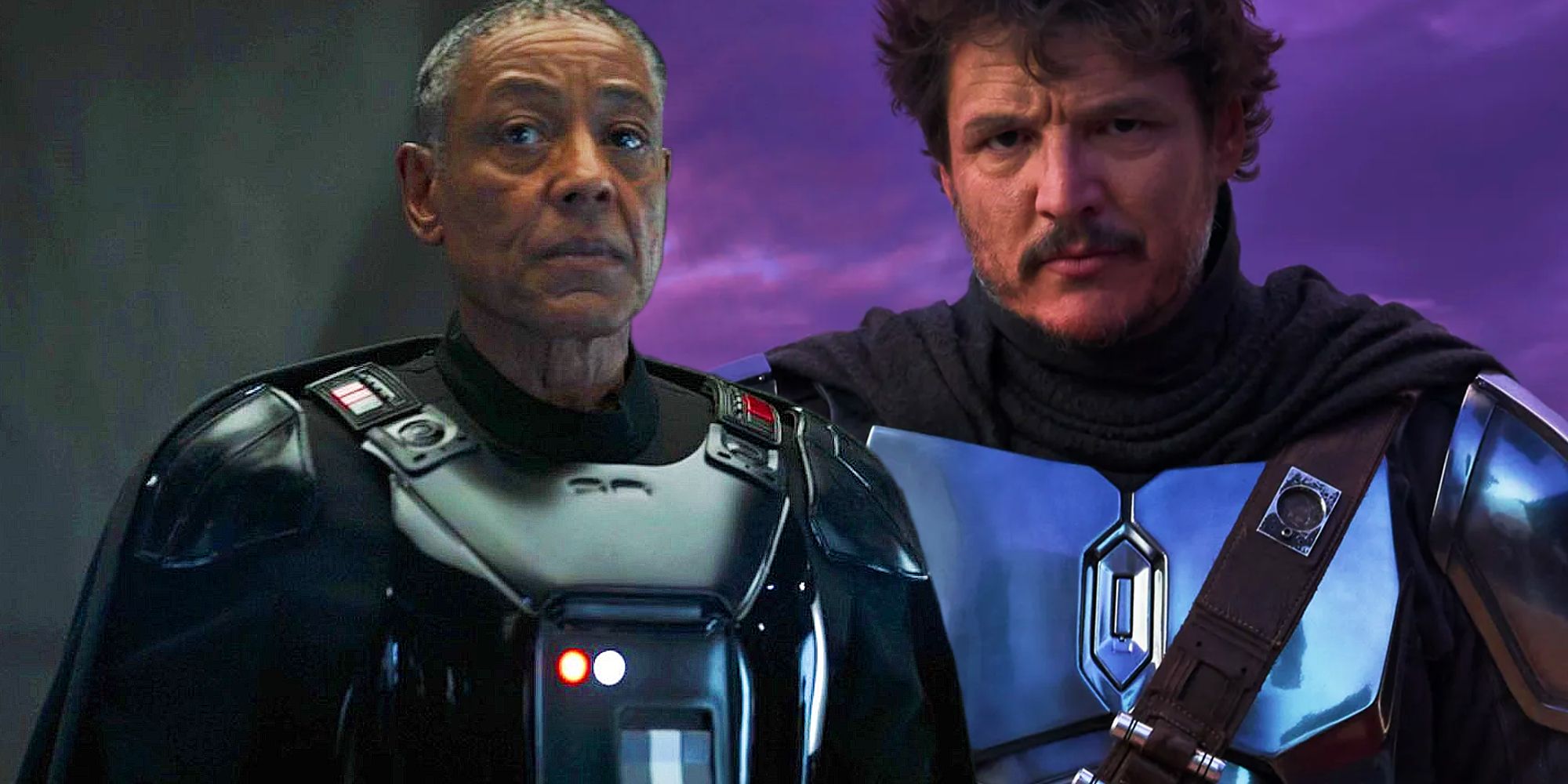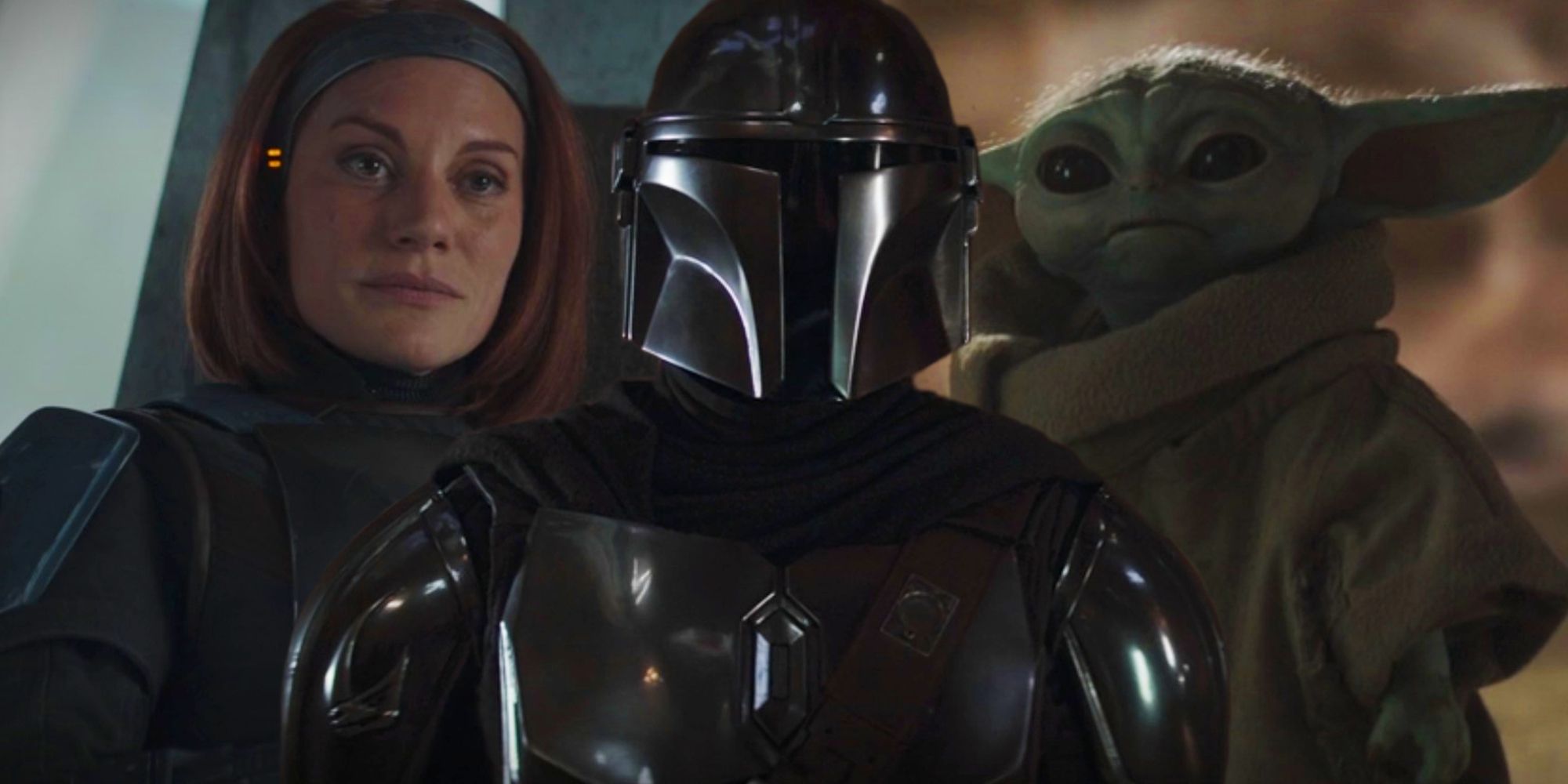
The Mandalorian: The Mystery of Grogu and the Bounty Hunters

Exploring the mystery behind the multiple bounty hunters seeking Grogu and the economic state of the galaxy during that time.
The Bounty Hunter Conspiracy
In a galaxy far, far away, the quest for Grogu, the Force-sensitive child, was not a solo endeavor for the famed Mandalorian, Din Djarin. The Mandalorian season 1 left fans intrigued as it revealed that multiple bounty hunters were hired to track down the elusive fifty-year-old. This revelation raised questions about the unusual practice of employing numerous hunters for the same target and the reasons behind it.
New Republic office on Coruscant as shown in The Mandalorian season 3, episode 3
The established Star Wars canon rarely depicted scenarios where multiple bounty hunters were commissioned to pursue a single target. However, the case of Grogu and the bounty hunters on Nevarro was an exception to this norm. The enigma deepened further when it was discovered that the tracking fobs, used to locate Grogu, were retained by the Guild hunters even after the child had been delivered to the Imperial Remnant. To shed light on this intriguing mystery, Kristen Baver's Star Wars 100 Objects has unveiled new insights that offer a compelling explanation for the unprecedented occurrence of multiple hunters pursuing Grogu.
Din Djarin reaches his finger out to Grogu in The Mandalorian season 1 episode 1
Galactic Turmoil and Economic Recession
The revelation of multiple bounty hunters seeking Grogu was not merely a coincidence but a reflection of the tumultuous state of the galaxy during that period. The aftermath of the Battle of Endor, which marked the downfall of the Empire, plunged the galaxy into a period of economic recession and instability. The New Republic, grappling with the monumental task of ushering in an era of peace and freedom, faced overwhelming challenges in governing the vast expanse of the galaxy.
Din Djarin asks the Client about Grogu's chain code in The Mandalorian season 1 episode 1
The economic repercussions of the galactic upheaval reverberated across various sectors, including the bounty hunting profession. Star Wars 100 Objects presents a compelling narrative that delves into the economic downturn during the New Republic Era, elucidating the decline in the profitability of bounty hunting. This downturn in the profession's financial viability is exemplified by Din Djarin's remarks about the meager compensation for certain jobs, highlighting the stark contrast to the lucrative bounties of the past. The diminished payouts ultimately paved the way for the unconventional practice of hiring multiple hunters for high-value targets, thereby fueling the intense competition among the Guild hunters.
Din Djarin uses his scope to watch the krayt dragon on Tatooine in The Mandalorian season 2 episode 1
The High-Stakes Hunt for Grogu
Amidst the economic downturn and the scarcity of high-paying bounties, Grogu emerged as the most coveted and highly valued target in the galaxy. The desperation of the Imperial Remnant, particularly Moff Gideon, to acquire the Force-sensitive child shed light on the unprecedented magnitude of Grogu's importance. The dire economic climate, coupled with Grogu's extraordinary significance, prompted the Bounty Hunter Guild to distribute identical tracking fobs to multiple hunters, igniting a fierce competition to capture the elusive child.
Taika Waititi as IG-11 in The Mandalorian
The relentless pursuit of Grogu by a multitude of bounty hunters, including the lethal assassin droid, underscored the intensity of the hunt and the unprecedented measures taken to secure the prized target. The revelation that all hunters on Nevarro were equipped with identical fobs further accentuated the magnitude of the high-stakes pursuit. The scarcity of lucrative opportunities amidst the economic recession propelled the hunters to cling onto the fobs, even after Din Djarin's audacious act of rescuing Grogu from the clutches of the Imperial Remnant.
The tracking fobs of Greek Karga and the bounty hunters going off in The Mandalorian
